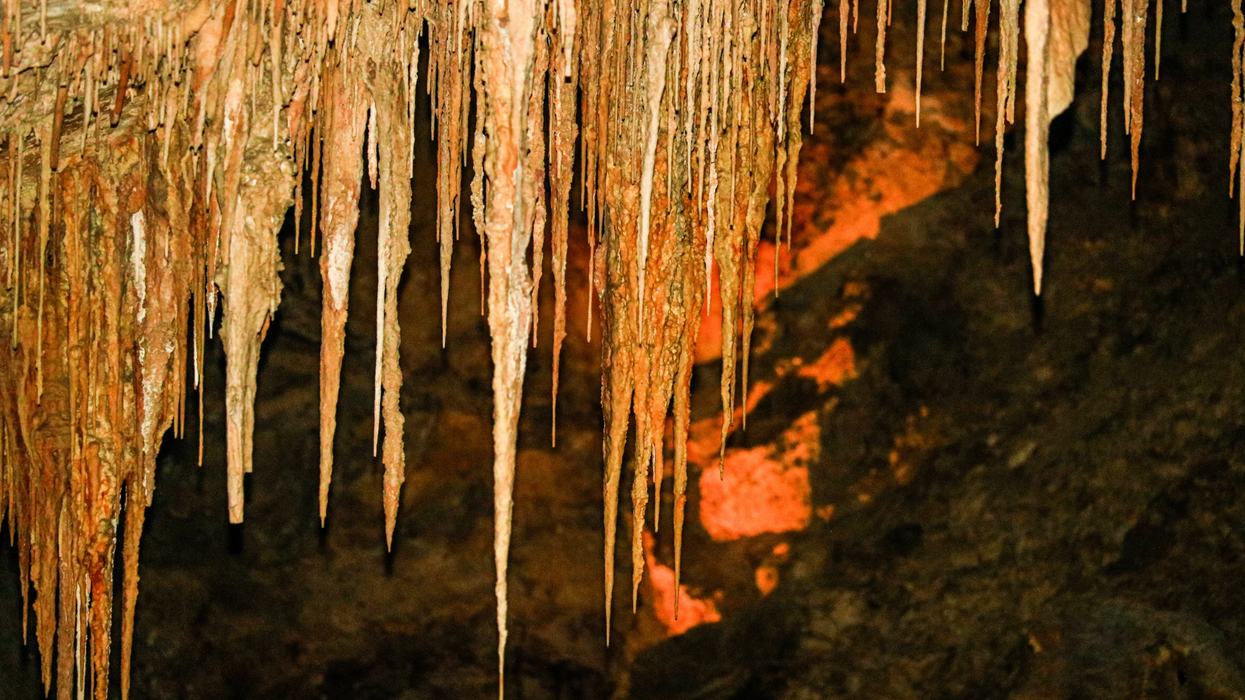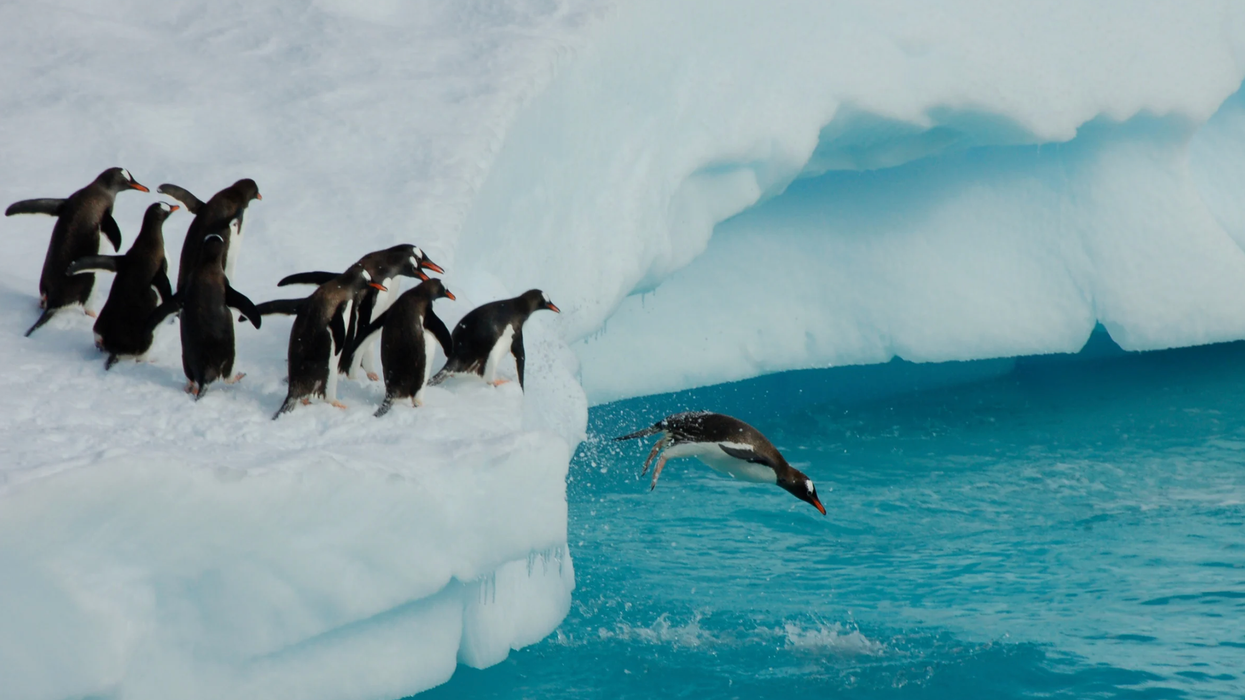A meteorite crashed into Earth nearly 800,000 years ago. The meteor was 1.2 miles wide, and the impact was so big, it covered 10% of the planet with debris. However, scientists haven't been able to find the impact site for over a century. That is, until now. A study published in the Proceedings of the National Academy of Sciences journal believes the crash site has been located.
Tektites, which are essentially rocks that have been liquefied from the heat of the impact and then cooled to form glass, help scientists spot the original impact site of a meteor. Upon impact, melted material is thrown into the atmosphere, then falls back to the ground. Even if the original crater has disappeared due to erosion or is hidden by a shift in tectonic plates, tektites give the spot away. Tektites between 750,000 to 35.5 million years old have been found in every continent except Antarctica.
RELATED: NASA's solar probe sent back its first findings, and it's more incredible than we thought
Because the tektites from the 800,000-year-old meteorite were found across a large region stretching from southern China to south Australia, researchers estimated the crater ranged from 9 miles in diameter to 186 miles. The rim was estimated to be over 300 feet tall. However, scientists were unable to locate the hole. "Their existence means that the impacting meteorite was so large and its velocity so fast that it was able to melt the rocks that it hit," Professor Kerry Sieh, one of the paper's authors, told CNN.
The most tektites were found in Indochina, where they were at their biggest. So the researchers decided to narrow down their search to this region. Three impact sites in Cambodia, central Laos, and southern China were looked at, but each impact site was older than the impact site in question.
It turns out, the impact site may have been hidden under lava this whole time. A geochemical analysis and local gravity readings indicated that the meteorite's crater was located in southern Laos on the Bolaven Plateau, resting underneath 2,000 square miles of cooled volcanic lava. Most of the lava flows were between 51,000 and 780,000-years-old, putting it in the right age range.
"There have been many, many attempts to find the impact site and many suggestions, ranging from northern Cambodia, to central Laos, and even southern China, and from eastern Thailand to offshore Vietnam," Sieh told CNN.
RELATED: Researchers revived a 2,000-year-old palm from seeds found inside an ancient Judean jar
"But our study is the first to put together so many lines of evidence, ranging from the chemical nature of the tektites to their physical characteristics, and from gravity measurements to measurements of the age of lavas that could bury the crater," Sieh continued.
More work needs to be done to confirm that "this thick pile of volcanic rocks does indeed bury the site of the impact." The researchers are planning to "drill down a few hundred meters to see if the rocks below the lavas are indeed the rocks you'd expect at an impact site -- that is, lots of evidence for melting and shattering," Sieh told CNN.
It's like an intense planetary version of hide-and-go-seek, and for now, researchers have found Mother Nature's hiding spot.


















 The Emergency Department.Photo credit:
The Emergency Department.Photo credit:  Little girl with a splinter.Photo credit:
Little girl with a splinter.Photo credit:  Woman on phone after car accident.Photo credit:
Woman on phone after car accident.Photo credit: 


 A hotel clerk greets a guestCanva
A hotel clerk greets a guestCanva Gif of Faye Dunaway' as Joan Crawford demanding respect via
Gif of Faye Dunaway' as Joan Crawford demanding respect via  An empty rooftopCanva
An empty rooftopCanva
 A road near equatorial Atlantic OceanCanva
A road near equatorial Atlantic OceanCanva Waves crash against rocksCanva
Waves crash against rocksCanva